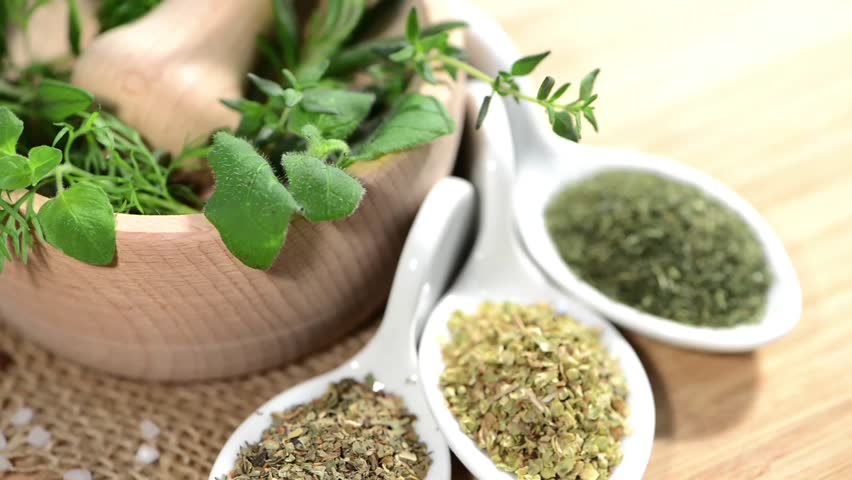Contents:
- Medical Video: Cinchona Herb Health Benefits
- Benefits of quinine tree for health
- 1. Overcoming malaria
- 2. Relieves digestive disorders
- 3. Treating influenza
- 4. Healthy heart
- 5. Helping cancer treatment
- 6. Overcoming blood vessel disorders
Medical Video: Cinchona Herb Health Benefits
Quinine trees that have latin names Cinchona Calisaya, including trees that are already rare. Usually, one of these herbs can be found in tropical rainforests. Fortunately, Indonesia has become one of the places where many quinine trees are planted.
The content that is the mainstay of this herbal plant lies in the bark of the quinine tree which contains important alkaloid compounds, namely kinin, kinidin, synonin, and synonidine. These substances have been widely used for medical and scientific purposes.
So, what are the benefits that can be obtained from quinine plants, especially for health? Check out the following list of benefits.
Benefits of quinine tree for health
1. Overcoming malaria
Giving quinine extract to malaria patients is beneficial to improve their health condition. This is because the content of quinine can kill malaria parasites in the body's bloodstream and the symptoms of the disease can also be quickly reduced.
Quinine bark contains alkaloid compounds that are effective in treating malaria, especially substances kinin. This substance has a role to disrupt the growth and reproduction of malaria parasites which are located in red blood cells (erythrocytes).
Quinine is reported to contain protoplasmic toxins that are used to fight malaria-causing protozoa, among them, namelyPlasmodium vivax, Plasmodium falciparum, Plasmodium malariae, and Plasmodium fatal. So that it can be interpreted that quinine is a powerful antimalarial drug.
2. Relieves digestive disorders
Quinine tree extract contains alkaloids and quinovine which can increase the release of digestive juices and increase stomach secretion. This is useful for curing various digestive disorders, such as flatulence and other stomach problems.
As one of the bitter tonics, the content of quinine can stimulate saliva, digestive secretion, and improve weak digestive function. In addition, this tree can also increase appetite, especially in children.
3. Treating influenza
The content of chemicals in the skin of the quinine tree will react against the causes of influenza. Quinine bark contains substances that prevent infection and relieve pain (analgesics) that are useful for treating influenza and reducing fever.
In addition, quinine skin can also be used in rheumatism, neuralgia, and rheumatic aches. The way to use it is very easy, that is, you only have enough to drink boiled water from the quinine skin and feel the benefits.
4. Healthy heart
The content of kinidin from quinine is used as an antiarrhythmic drug. In addition, it is also used for the treatment of several heart rhythm problems, such as atrial fibrillation and tachycardia.
Atrial fibrillation is a type of arrhythmia that most often occurs in the form of electrical activity in the irregular atrium of the heart. Meanwhile, tachycardia is a condition in which you feel your heart beat faster and beat abnormally.
5. Helping cancer treatment
A mixture of drugs containing alkaloids in the form of kinin and kinidin can be a better alternative to cancer therapy. Of course, this shows that the extract from the quinine tree is useful as an anticancer agent.
According to the study, the content of alkaloids in quinine can improve the accumulation of doxorubicin in cancer cells, which is a type of chemotherapy drug used to treat cancer. Doxorubicin is what works by slowing or stopping the growth of cancer cells.
Examples of various types of cancer that can be treated with quinine trees include breast cancer, liver cancer, spleen cancer, and other organs.
6. Overcoming blood vessel disorders
This one plant can also be used for vascular abnormalities, such as hemorrhoids, varicose veins, and leg cramps. However, this still needs further research to obtain the accuracy of the benefits of quinine against various disorders of the blood vessels.












